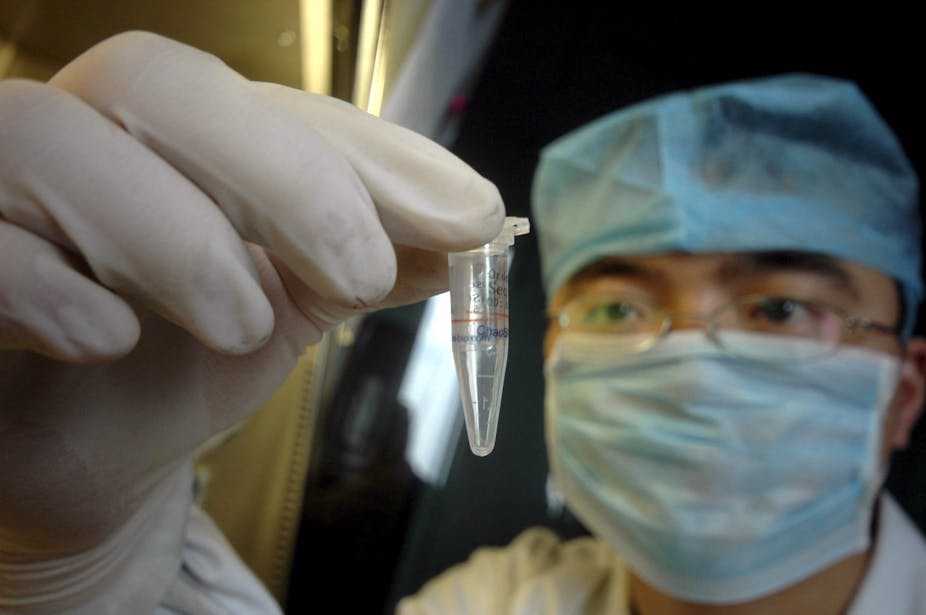When it comes to innovation, China is not renowned for being cutting-edge; it is better known for adapting existing technology rather than creating its own.
Yet, as Xi Jinping stated in his first speech as new Party Secretary General, as China rises on the world stage, it hopes once again to make a contribution to mankind by becoming a strong and prosperous nation.
One area in which China is hoping to compete is innovation. In tandem with its economic growth, China is also increasing its spending on research and development (R&D), with Chinese companies and the government investing heavily in R&D.
Chinese players are joining the global R&D arena
According to Booz & Co’s Top 100 Global Innovation List, PetroChina is the first Chinese company to enter the Top 100 this year. The overall number of Chinese companies on the list climbed to 47, up from 40 in 2011, and 23 in 2010.
Although the number of Chinese companies may seem small, the gradual increase in Chinese companies demonstrates how China wishes to assert itself in the global environment, not only in the traditional sectors of diplomacy and geopolitics but also in soft diplomacy areas such as technology and innovation.
What is further enlightening is that, when measured together, China and India’s combined spending on R&D investment in 2012 increased by 27.2% to a total of $16.3 billion. When broken down, China’s spending accounted for more than 90% of the two countries’ combined spending.
Moreover, it is not only private companies investing in R&D, but also the Chinese government. According to the OECD Factbook, Chinese real growth spending on R&D has exceeded 18% since 2000.
In 2011, Chinese spending on R&D grew to US$139 billion, or 1.84% of gross domestic product, and it aims to increase R&D spending to 2.2% GDP by 2015.

China’s R&D budget has now surpassed the combined budgets of France, Germany and the UK. In 2011, China became the world’s top nation for domestic patent applications - surpassing both Japan and the United States.
This is clear evidence of how China wishes to become a global leader in innovation, decrease its dependence on outside research and development, and become a global knowledge hub.
The goal is to make China an innovation-oriented society by the year 2020. This idea was further emphasised in China’s 12th Five-Year Programme (FYP) 2011-2015.

As Chinese nationalism rises and Chinese citizens take greater pride in their country, as illustrated by the recent awarding of the Nobel Prize in Literature to Chinese novelist Mo Yan, China will increasingly compete in areas traditionally dominated by Western powers.
What this means for Australia
As Australia enters the “Asian Century”, what does all this mean for Australians?
The White Paper on “Australia in the Asian Century” stresses the importance of innovation as a means to allow Australia to be a more “prosperous and resilient nation” that is fully integrated in the region.
Indeed, some experts - such as former Victorian Premier John Brumby who now sits on the board of Chinese telecommunications giant Huawei - are calling for Australia to not just compete, but partner with Chinese companies in the years to come.
Looking at the figures, the Australian R&D sector is punching above its weight, as recently pointed out by the Chief Scientist’s “Health of Australian Science” report.
As a percentage of GDP, Australia’s funding across all fields of research in 2008–09 amounted to 2.21%, and the nation was ranked 14th in the OECD on this measure - ahead of countries such as the United Kingdom, Canada and France.
Australia has 0.3% of the world’s population yet produces more than 3% of scientific academic publications and, in 2011, it received its first Australian Physics Nobel Prize in almost a century.

However, efforts must be made to maintain this standard and expand our reach and expertise.
One of the White Paper’s objectives for 2025 is for Australia to have an innovation system in the global top 10. However, the treasurer’s decision to cut $1 billion of research funding in the latest budget review suggests otherwise.
Australian investment in R&D seems to take a distant second to political objectives — an alarming fact when China’s annual increase in spending is larger than Australia’s total annual R&D budget.
Unless Australia continues to invest in R&D and support greater innovation, it risks being eclipsed by a rising China reviving itself on the world stage and striving to become a global powerhouse in every way.

